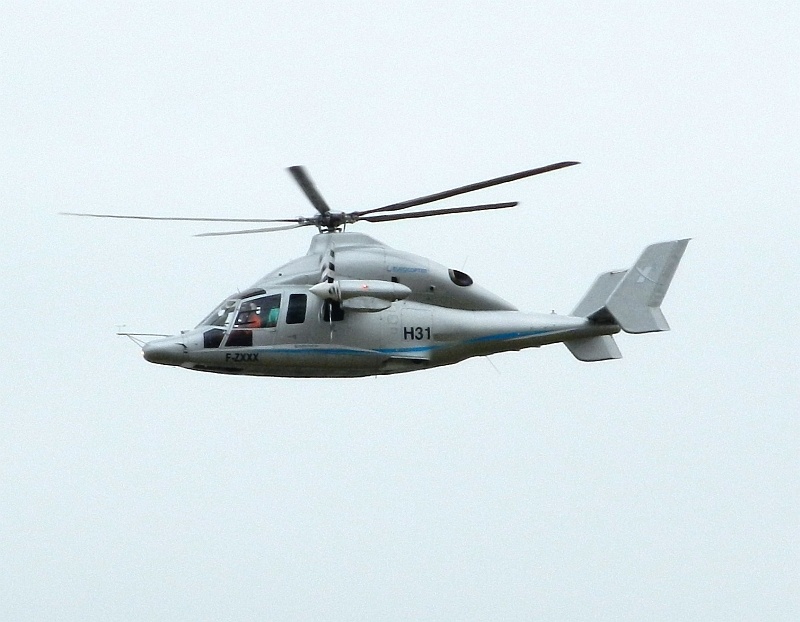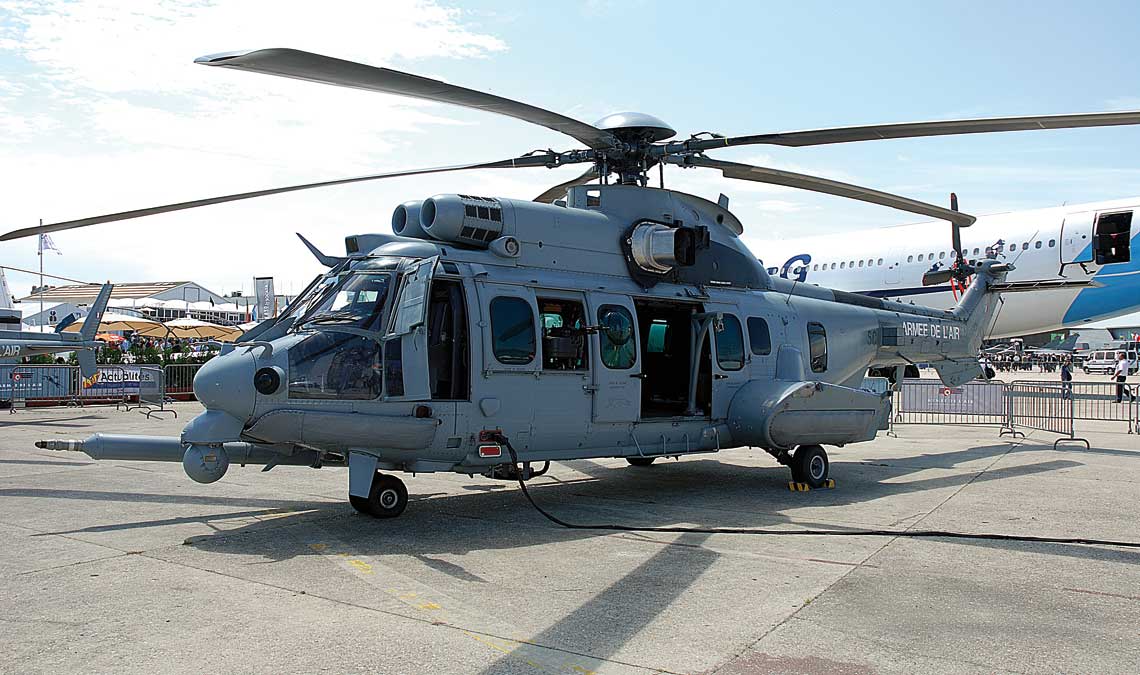
Rotorcraft needed urgently

EC-725 Caracal is the hero of the future contract for the Polish army. (Photo: Wojciech Zawadzki)
Today it is difficult to imagine the functioning of modern armed forces without helicopters. They are adapted to perform both purely combat missions and a whole range of auxiliary tasks. Unfortunately, this is another type of equipment that has been waiting for many years in the Polish Army for a decision to start the process of changing the generations of machines currently in operation, especially Soviet-made ones.
The Polish army, 28 years after the political changes of 1989 and the dissolution of the Warsaw Pact structures a year later and 18 years after joining NATO, continues to use Soviet-made helicopters. Combat Mi-24D/Sh, multi-purpose Mi-8 and Mi-17, naval Mi-14s and auxiliary Mi-2s still make up a significant force of aviation units. The exceptions are the SW-4 Puszczyk and W-3 Sokół (with their variants) designed and built in Poland, as well as the four Kaman SH-2G SeaSprite airborne vehicles.
Flying tanks
Undoubtedly, the most powerful rotorcraft of the 1st Aviation Brigade of the Ground Forces are Mi-24 combat aircraft, which we use in two modifications: D and W. Unfortunately, we will soon celebrate the 40th anniversary of their service in the Polish sky. . On the one hand, this is a plus of the design itself, which, despite the past years, continues to delight aviation enthusiasts with its silhouette and a set of weapons (it’s a pity that today it only looks menacing ...). The other side of the coin is less optimistic. Both versions used by our military are simply outdated. Yes, they have a solid design, powerful engines, they can even carry a landing force of several soldiers on board, but their offensive qualities have significantly weakened over the years. It is true that the firepower of unguided rockets, multi-barreled machine guns or hanging gun trays is impressive. One helicopter can, for example, launch a salvo of 128 S-5 or 80 S-8 missiles, but their weapons against tanks - anti-tank guided missiles "Phalanx" and "Shturm" are not able to effectively deal with modern heavy combat vehicles. Guided missiles, developed respectively in the 60s and 70s, if only because of the low penetration of modern multilayer and dynamic armor, do not exist on the modern battlefield. One way or another, in Polish conditions these are only theoretical possibilities, both systems of guided missile weapons of the Polish Mi-24 were not used for some time due to the lack of suitable missiles, their service life expired, and no new purchases were made, although in the case of the M-24W such plans were until recently.
Polish "flying tanks" were actively used during expeditionary operations in Iraq and Afghanistan. Thanks to this, on the one hand, efforts were made to take care of their technical condition as best as possible, the crews were equipped with night vision goggles, and on-board instruments were adapted for night flights with them, on the other hand, there were losses and increased overall wear of individual parts.
The vehicles currently in service are not enough to cover the regular needs of two squadrons. They have been talking about their withdrawal for a long time, but their service life is constantly being extended. However, the moment inevitably comes when further expansion of exploitation is simply impossible. The withdrawal of the last flying Mi-24Ds may take place in 2018, and the Mi-24Vs in three years. If this happens, then the Polish Army in 2021 will not have a single helicopter that could be called “combat” with a clear conscience. It is hard to expect that by then there will be new machines, unless we take used equipment from one of the allies in an emergency mode.
The Ministry of National Defense has been talking about new combat helicopters since the end of the 1998 century. The developed plan for the development of the Polish Armed Forces for 2012-24 assumed the replacement of the Mi-18 with a new Western-made building. Having adopted 24 unnecessary Mi-90Ds from the Germans, in the 64s the Air Force of the Ground Forces had three full squadrons of these then dangerous helicopters. However, there were already dreams of buying a Boeing AH-1 Apache, a smaller Bella AH-129W Super Cobra or Italy's AgustaWestland AXNUMX Mangusta. The companies seduced with their products, even sent cars to Poland for demonstration. Then and in subsequent years, the replacement of "flying tanks" with new "miracles of technology" was almost unrealistic. This was not allowed by the defense budget of our country.
